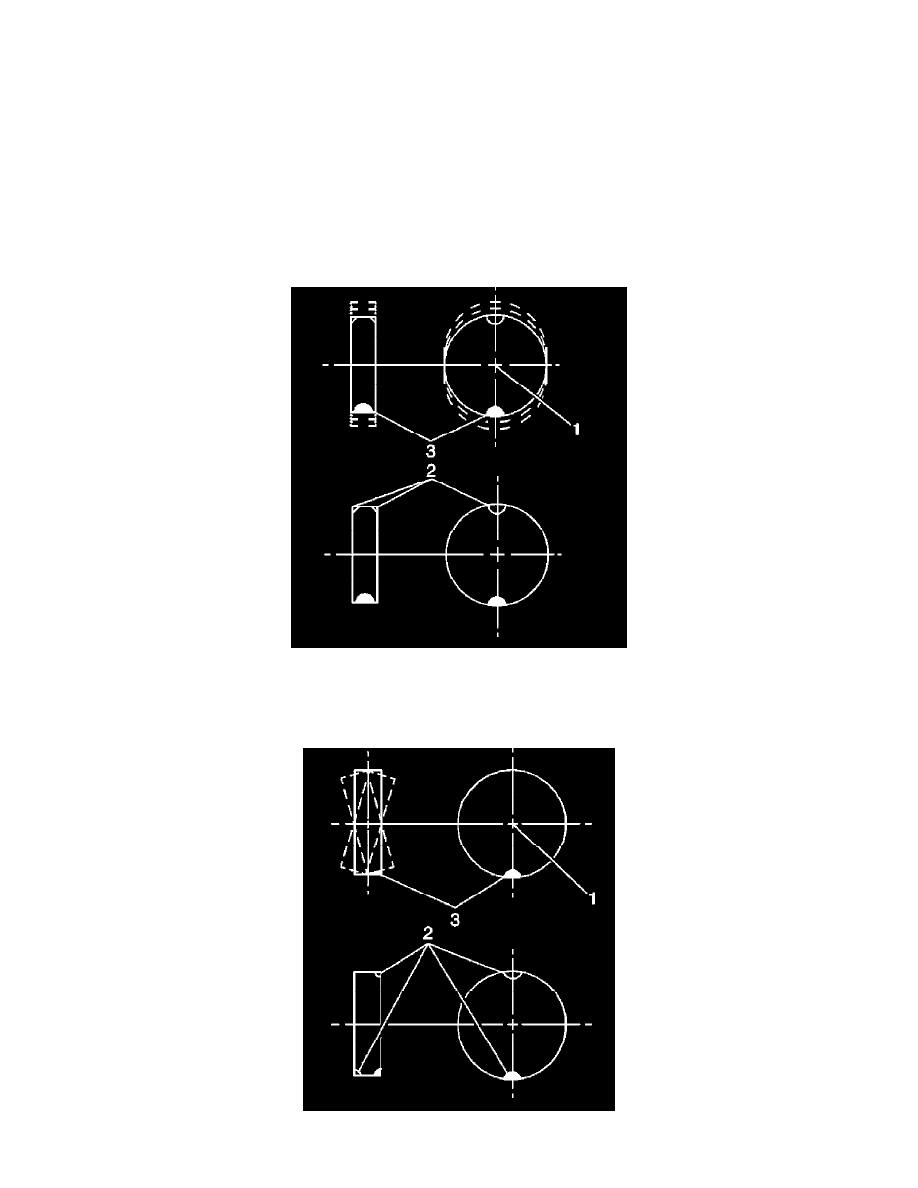XL-7 2WD V6-3.6L (2007)

Maximum variation: 7 g (1/4 oz)
11. Repeat steps 8 through 10 until the tire and wheel assembly has been cycled and checked at each of the 4 locations on the balancer shaft.
Tire and Wheel Assembly Balancing Guidelines
NOTE:
Tire and wheel assemblies which exhibit excessive runout can produce vibrations even if the assemblies are balanced. It is strongly recommended that
the tire and wheel assembly runout be measured and corrected if necessary BEFORE the assemblies are balanced.
If the runout of the tire and wheel assemblies has not yet been measured, perform Tire and Wheel Assembly Runout Measurement - Off Vehicle
before proceeding.
There are 2 types of tire and wheel balance:
Static Balance
Static balance is the equal distribution of weight around the wheel circumference. The wheel balance weights (2) are positioned on the wheel in order
to offset the effects of a heavy spot (3). Wheels that have static imbalance can produce a bouncing action called tramp.
Dynamic Balance
Dynamic balance is the equal distribution of weight on each side of the tire and wheel assembly centerline. The wheel balance weights (2) are
